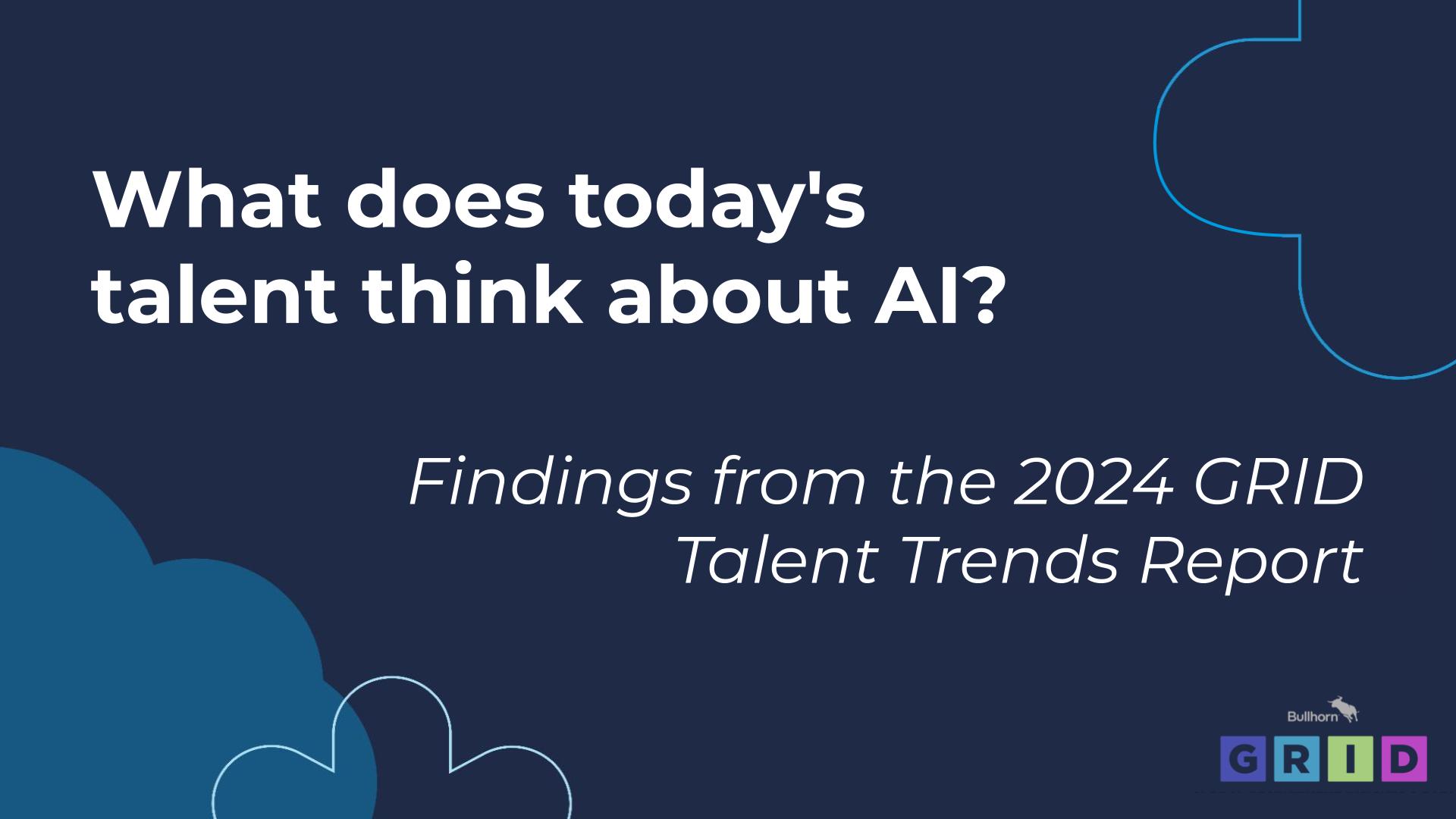How to become a learning organisation in summary:
- In a world of work that’s constantly changing, a chronic skills shortage and turbulent jobs market, businesses must be proactive in becoming learning organisations.
- To do this, HR teams must get buy-in from senior leaders, and look to turn managers into coaches.
- Breaking down barriers, encouraging conversations about performance and making use of data are also vital.
Things I’ve learnt so far this week: How to upload photographs to a new content management system, some interesting facts about how social media is affecting recruitment, and that switching off my email alerts makes me 100% more productive… and it’s only Tuesday!
This isn’t just about me showing off my new-found knowledge. There’s a serious point: in a world of work that’s constantly changing, we all need to be continuously updating our skills. Especially given there’s new technology to get to grips with, new ways of working to get our heads around, and constant demands on us to work faster and more collaboratively than ever before.
There’s been an interesting debate in the HR press recently over whose responsibility it is to ensure this kind of ‘just-in-time’ learning takes place. Former Tesco Bank Chief Executive Benny Higgins, quoted in HR Grapevine, suggests that contrary to popular opinion, the buck doesn’t stop with HR. “It’s wrong to assume that it’s the job of HR to develop people, it’s not, it’s the job of HR to support the business in developing people,” he says.
Higgins went on to argue that those at the helm of the business should lead the way, making it clear they value learning and development and actively encouraging their employees to ‘blossom’. He almost certainly has an eye on the bottom line in taking this approach. If talented staff can see the business is genuinely interested in helping them grow they will be more motivated and engaged – and more likely to stay.
Innovation will flourish and the business will become more flexible and adaptable as a result. So, what can HR do to encourage and support environments where learning is valued and becomes an integral part of the day job?
Here’s how you can support your business becoming a learning organisation…
Start at the top
Work with the leadership team to articulate the vision of becoming a learning organisation. What does learning mean to the business? Why is it important? What key skills will the organisation need going forward?
Also, are those skills already well represented within the workforce or will they need to be developed? Does the culture support learning, or is there a ‘blame’ culture where mistakes are seen as disasters rather than learning opportunities?
Make sure those at the top understand that if they truly want to create a learning environment, they’ll need to walk the talk and invest in developing their own skills, too.
Turn managers into coaches
A coaching approach is key to helping people develop the skills they need at the time they need them. Helping people explore and discover the right way to do things – rather than just telling them what to do – also creates a ‘problem-solving’ mindset and encourages employees to become less dependent on others for answers.
It’s important to recognise, however, that this isn’t an approach that comes naturally to all managers. Many will need training and support to develop those desired coaching skills.
Break down barriers
Put tools in place that will help to break down silos and encourage communication and collaboration. The internal social portals (or HR workspaces) that come as an integral part of some HRIS platforms are a great way to help people find the information and contacts they need to improve their knowledge and productivity.
The same goes with HRIS platforms that include integrated Learning Management Systems (LMS). They can be incredibly advantageous for fostering a learning culture because they’re able to streamline training processes and provide easy access to learning materials.
Also, an LMS can enable more personalised learning paths, facilitate tracking of employee progress, enhance communication, and promotes continuous skill development within an organisation.
If your organisation wants to keep things cheap and cheerful, mentoring programmes are a more cost-effective way to share learning and expertise across the business. And, this doesn’t always have to be just top down. Reverse mentoring (where junior colleagues help managers get to grip with social media, for example) can work really well, too.
Encourage conversations about performance
Managers often push the annual performance review to the bottom of their list of priorities. But it is this very dialogue between managers and their teams that will uncover gaps in skills or knowledge, reveal people’s aspirations and motivations and stimulate learning.
Decent performance management software can facilitate those conversations, ensuring consistent and timely appraisals. It also provides a central place to record discussions and agreements. However, equipping managers with the skills to hold conversations with both poor and star performers is key to bringing this all together.
Make use of the data
If you have an HRIS already in place, it’ll provide the information you need to back up a case for more investment in training. Data from exit interviews, for example, may reveal that key talent is leaving because of a lack of training and development opportunities.
An analysis of appraisal information in your people management software may show a demand from employees for more training in a specific area. An audit of available skills may show that the business is vulnerable in a key area of expertise and needs to quickly shore up its training.
The more information you can extract from the system, the better you will be able to show how learning can support the business with its plans going forward.

Author bio
Erika Lucas is a writer and communications consultant with a special interest in HR, leadership, management and personal development. Her career has spanned journalism and PR, with previous roles in regional press, BBC Radio, PR consultancy, charities and business schools.











